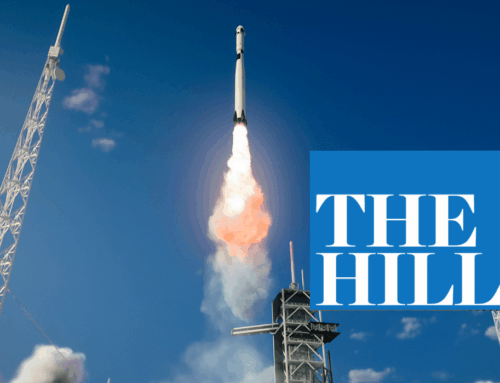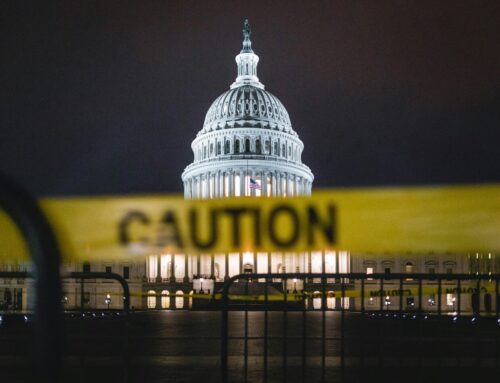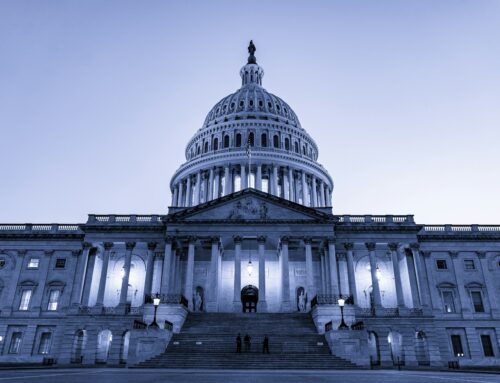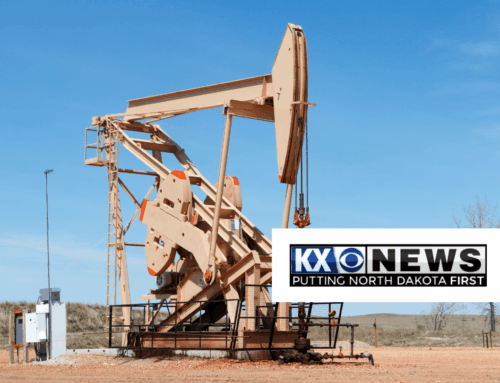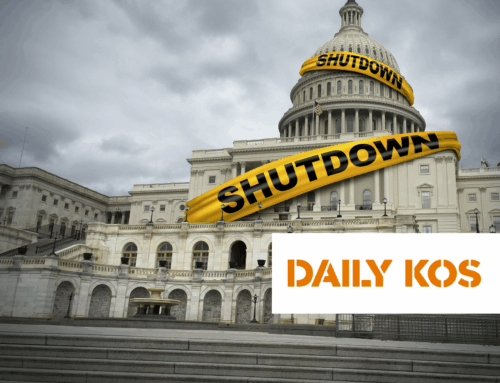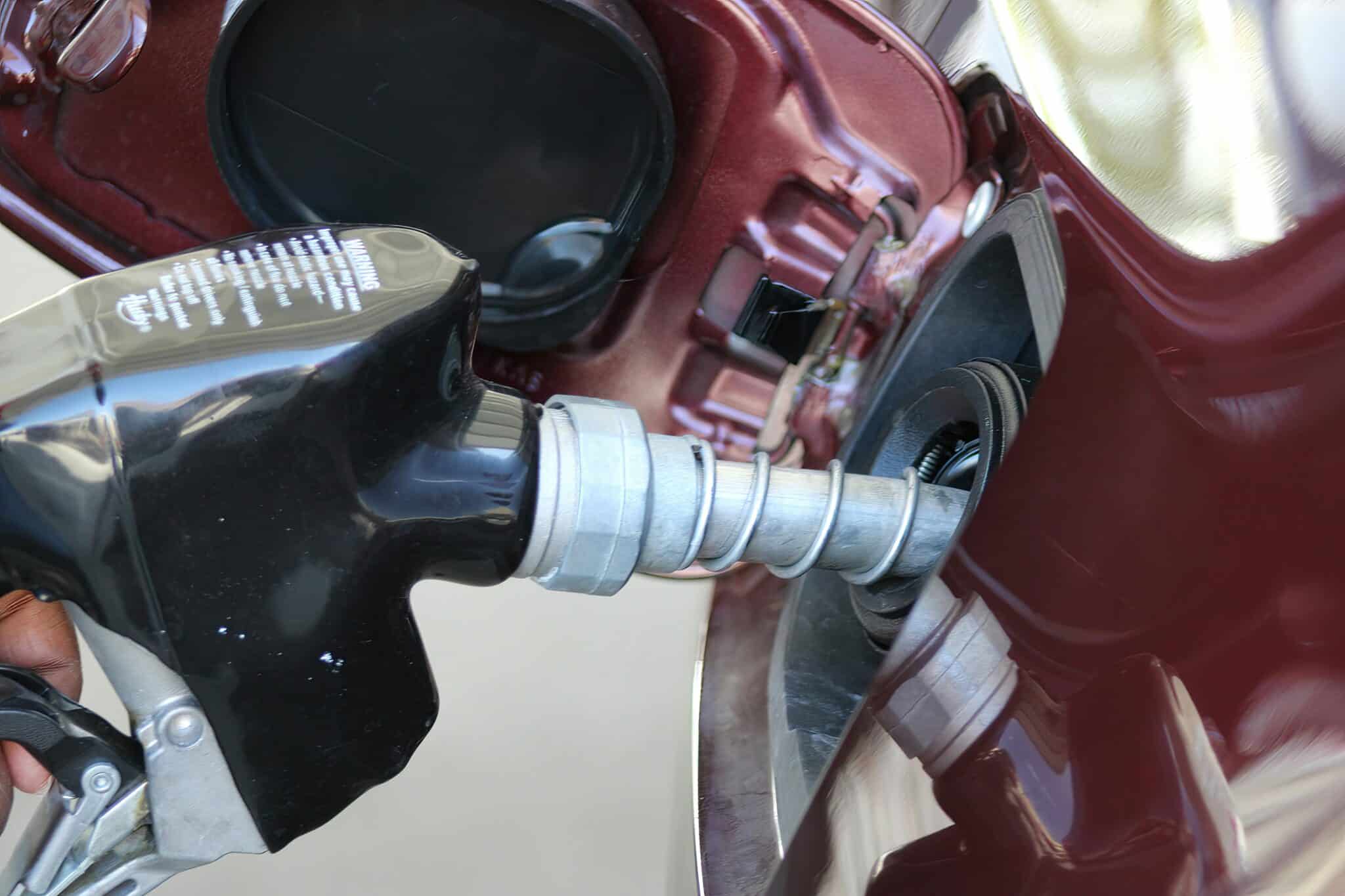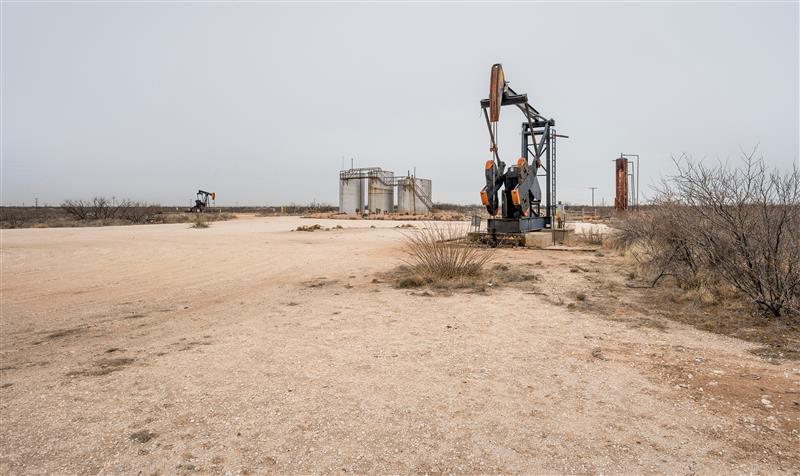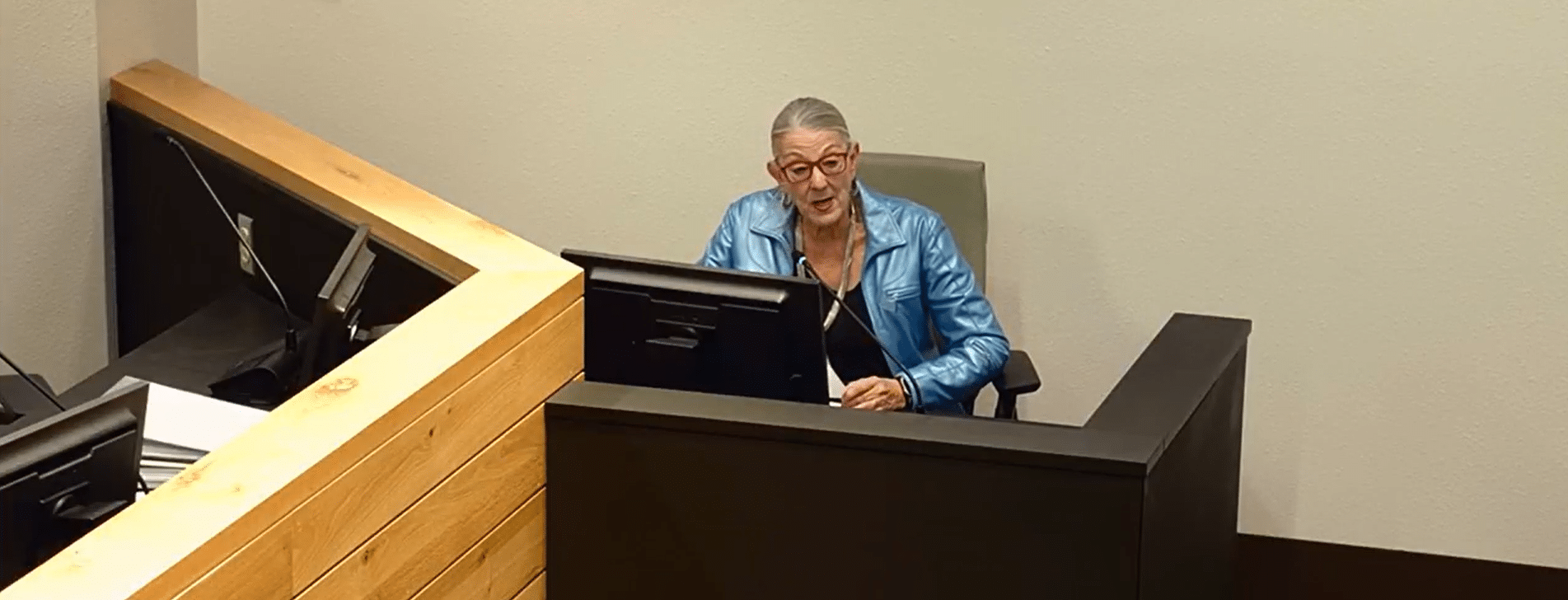The economic stimulus package President Donald Trump and Congress are working on to reinvigorate the economy amid the coronavirus pandemic is one for the record books.
At roughly $2 trillion, the measure would be, by far, the largest economic package ever approved by Washington. It’s more than half the size of the $3.5 trillion the federal government expects to collect in taxes this year.
“The magnitude of this stimulus is appropriately consistent with the magnitude of the COVID-19 economic shock,” economist Mark Zandi of Moody’s Analytics said.
Trump’s top economic adviser, Larry Kudlow, said the package is needed not only to bolster the economy and stabilize financial markets now but also to set the stage for a rebound later this year.
The package includes one-time payments of $1,200 per adult and $500 per child. It sets aside $367 billion to help small businesses and $500 billion for loans to larger industries.
Until now, the largest economic recovery package in history was enacted more than a decade ago when President Barack Obama, faced with pulling the country out of its worst financial crisis since the Great Depression, called on Congress to inject billions of dollars into the economy.
The result: an $831 billion stimulus package designed to juice the economy through tax cuts, credits and spending on programs such as health care, infrastructure and education.
The coronavirus emergency plan will cost more than twice that package and will equal nearly 10% of the gross domestic product, which is the value of all goods and services produced in the U.S., Zandi said.
Here’s a look at the costs, effectiveness, and triggers for three previous economic stimulus measures.
Airline bailout
Why it happened: President George W. Bush signed an airline bailout package shortly after the Sept. 11, 2001 terrorist attacks, when al Qaeda hijackers flew commercial airplanes into the World Trade Center’s twin towers and the Pentagon. All U.S. flights were grounded for several days in the wake of the attacks; industry officials said the ban cost their companies $340 million per day in lost revenue.
How much did it cost? The price tag came in at $15 billion; Congress approved $5 billion in direct federal aid to the airlines and another $10 billion in loan guarantees for the industry. The bill also included liability protections and insurance assistance for the airlines.
Did it work? That depends on who you ask, and how you measure success.
“The biggest airlines essentially got everything they asked for and responded by laying off thousands of employees and drastically reducing service,” one fiscal watchdog group, Taxpayers for Common Sense, noted in a 2002 analysis. “More than 70,000 workers were fired, and hundreds of flights were canceled after the bailout was signed into law last fall.”
Others said the bailout rescued airlines that had been poorly managed for years and blasted Congress for giving the industry a “freebie,” with few protections for taxpayers.
But a 2008 Wall Street Journal analysis noted that the Air Transport Stabilization Board – created to dole out the funds – issued $1.6 billion worth of guarantees and ended with a $300 million profit for the U.S. Treasury.
“The board rescued America West Airlines and US Airways Group Inc. and helped facilitate a merger of the two. That move saved tens of thousands of jobs and kept a big competitor in the air. Without the loan guarantees, both airlines likely would have been liquidated before they got the chance to merge,” the Journal wrote. “The program achieved its goal – stabilizing an industry seemingly in a death spiral – and did it without costing taxpayers.”
In other words: If Congress had not acted, it could have been much worse.
2008 Emergency Economic Stabilization Act, also known as TARP
Why it happened: What began as a housing crisis ballooned into the worst economic collapse since the Great Depression. Foreclosures skyrocketed. Assets held by banks and hedge funds became worthless. Lehman Brothers cratered into bankruptcy, inflicting billions of losses and threatening the entire U.S. financial system.
How much did it cost? The law created a $700 billion program authorizing the U.S. Treasury to purchase “troubled assets” from institutional investors. But the Troubled Asset Relief Program ended up disbursing about $440 billion, according to ProPublica’s bailout tracker. In addition to rescuing failing banks, the program also helped the auto industry and individual families facing foreclosure.
Did it work? TARP was highly controversial from the start – viewed as a massive gift to high-flying Wall Street bankers and investment firms that took great risks with other people’s money.
TARP doled out billions of dollars in capital to megabanks like Citigroup and Bank of America; the insurance giant AIG received $68 billion. In exchange, the U.S. government took a major stake in those financial institutions, as well as in General Motors and Chrysler Group.
There’s no question the program helped to steady a crashing economic system. And TARP ended in the black – with the Treasury reportinga $15 billion profit as it shuttered.
But many homeowners were unable to access the program, and many workers struggled to recover from losing their jobs and their savings. The economy suffered a deep recession. And critics said the program encouraged banks to keep making risky loans.
The American Recovery and Reinvestment Act
Why it happened: Despite TARP, the economy continued a downward spiral after Bush left office. Unemployment spiked, GDP plummeted, and household net worth nosedived. President Obama and Democrats in Congress crafted a sweeping package to revive the economy.
How much did it cost? The total bill was $831 billion, according to the Congressional Budget Office. The recovery act included three broad elements – temporary tax cuts for families and businesses; an expansion of food assistance and unemployment benefits; and new spending on local infrastructure projects, education programs, and other initiatives.
Did it work? Economic growth ticked up and the recession officially ended in June 2009, about four months after the measure became law.
“In the first 18 months after ARRA passed, the economy added 2.4 million private sector and 1.7 million government jobs,” according to The Balance, a financial news outlet. “That was after losing more than 500,000 jobs a month during the recession.”
The nonpartisan Congressional Budget Office, in a February 2012 report, said the ARRA raised GDP and lowered unemployment, creating as many as 1.7 million new jobs.
But the rebound was sluggish, unemployment remained high, and families were still reeling. Republicans blasted the Obama stimulus measure as a big-government boondoggle that didn’t do enough to lower unemployment.
“Five years and hundreds of billions of dollars later, millions of families are still asking, ‘where are the jobs?’” then-House Speaker John Boehner, R-Ohio, said in a statement on the law’s five-year anniversary.
Coronavirus economic stimulus package
The $2 trillion package the Trump administration and Congress are pushing to combat the economic fallout of the coronavirus pandemic includes not only direct cash payments to Americans and financial assistance to large businesses and retailers, it also provides $100 billion for hospitals and the health-care system.
In addition, the bill includes $50 billion for protective equipment for health care workers, testing supplies, workforce training, new construction to house patients and for coronavirus medical research.
Congress already has approved – and Trump has signed into law – a separate package that covers the cost of all coronavirus testing, expands federal food programs serving low-income seniors and needy families, and provides paid sick leave for workers forced to stay at home.
Legislative remedies are not the most efficient mechanism to address an economic downturn, said Michael Strain, director of economic policy studies at the American Enterprise Institute, a center-right think tank.
“It’s just hard to get the timing right if you’re talking about temporary tax cuts or infrastructure spending,” he said. “For a typical recession, it’s often the case that you can’t get the jobs up and running fast enough and you can’t get the checks out the door fast enough for the stimulus to do all that much.”
The Federal Reserve, which oversees U.S. monetary policy, has faster-acting tools – such as interest rate cuts. The Fed did just that on March 15, cutting short-term interest rates to zero to encourage more bank loans to households and businesses.
But in the current situation, Strain said it would also make sense for lawmakers to enact provisions that address both the economic crisis and the public health crisis – such as providing assistance to hourly workers who can’t afford to miss a paycheck if they become infected.
“Congress should be putting cash in those people’s pockets in order to allow them to stay home if they’re sick,” he said. “That would have an economic stimulus effect, but it would also have a public health benefit to stop them from going to work.”
Lawmakers considered enacting a payroll tax cut but abandoned that strategy and decided to send money directly to taxpayers.
A payroll tax cut would have been the wrong approach, Jason Furman, an economist who chaired the White House Council of Economic Advisers under Obama, wrote in a recent op-ed in the Wall Street Journal.
A payroll tax cut would be too slow, Furman wrote, arguing that households would receive only a modest benefit every pay period. A one-year payroll tax cut of 2 percent would provide up to a $5,508 tax cut to a high-income couple, only $500 to a single parent earning $25,000 a year and nothing for a worker placed on leave without pay, he said.
Economic rescue:Stimulus check: What we know (and don’t)
Economist Jay Shambaugh suggested a better way to stimulate the economy amid the coronavirus scare would be to simply send a check to Americans, similar to the tax rebates given to taxpayers as part of a stimulus bill approved in 2008 under Bush.
“It didn’t stop the Great Recession, but it was useful to give some support to the economy before the financial crisis deepened,” said Shambaugh, director of The Hamilton Project at the Brookings Institution, a Washington-based think tank. “It’s a much more effective way to get money to people. People are more likely to spend when they get a big chunk of money.”
For families that have no financial cushion, that would provide them with the resources needed to pay their rent or utilities and buy food, Shambaugh said.
Will$2 trillion be enough to help the economy recover?
The effectiveness of the stimulus package will depend on how the business loans are structured, how long the health care restrictions on Americans remain in place and how much longer the impact spills over into the economy, Shambaugh said.
“Anyone who’s guessing the (dollar) number today, it’s a guess,” he said.
Contributing: Ledyard King, Maureen Groppe

